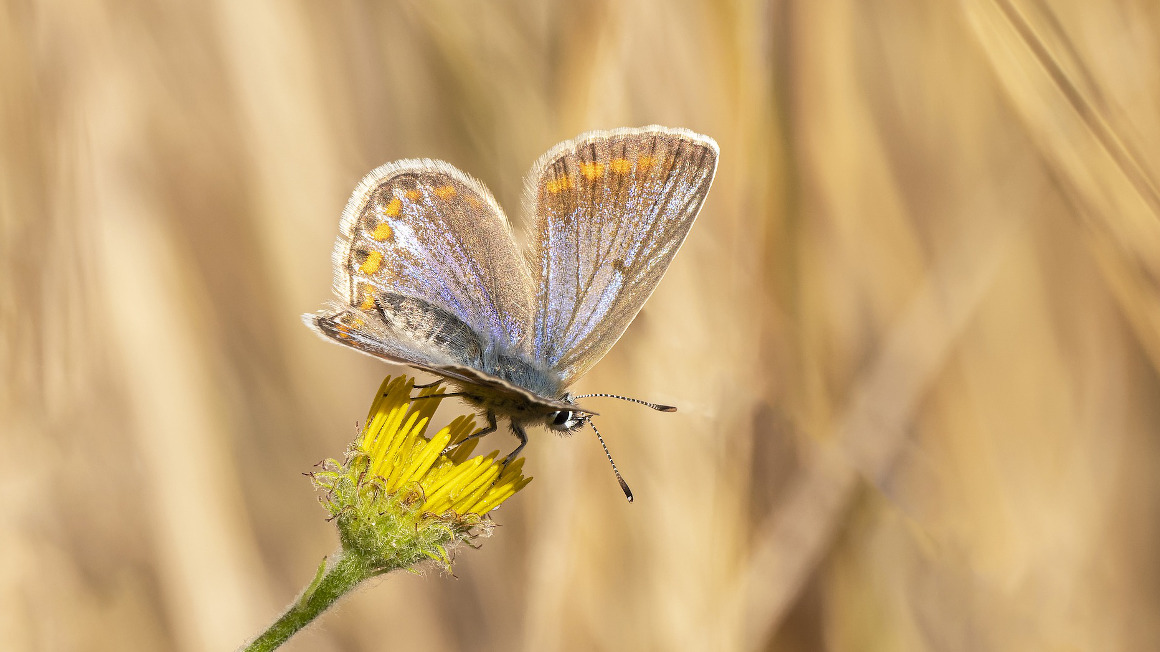Genome research to save biodiversity
Using state-of-the-art genomics methods, a new pan-European consortium aims to accelerate the mapping of global biodiversity and thus fundamentally change the understanding of biodiversity.

The World Biodiversity Council's (IPBES) first global state of biodiversity report in 2019 was a wake-up call. The 1,500-page report showed the global community for the first time how dramatically biodiversity has changed in recent decades and why. But the IPBES report only covers species that have already been scientifically described. Despite the most intensive research, 80% remain undiscovered. In addition, even among the known species, differentiation is often difficult and knowledge is incomplete. With the launch of the pan-European project "Biodiversity Genomics Europe" (BGE), this is to change as quickly as possible.
DNA barcoding and genome sequencing as key
The BGE consortium brings together 33 of the most important organizations in the field of biodiversity research and genomics in Europe, including five institutions from Germany such as the Leibniz Institute for Biodiversity Change Analysis (LIB). With the help of two key areas of genomics, research into global biodiversity is to be accelerated many times over and science and environmental policy alike fundamentally changed.
The new DNA data-based project relies on barcoding and genome sequencing. Genetic barcoding is considered the technology of the future for recording global biodiversity. With the help of a barcode, it is possible to distinguish between different species. Genome sequencing, in turn, makes it possible to identify and localize genes and other features of the genome to create a comparative "map" of the code that makes up each organism.
A quantum leap in European genome research
The project brings together experts from the European DNA barcoding project BIOSCAN* and the genome sequencing initiative ERGA*. They are part of the International Barcode of Life and the Earth BioGenome Project. In the coming years, the researchers will focus intensively on the inventory of biodiversity and the interaction between species and environmental change. The aim of the consortium is to bring about a "quantum leap" in the use of genomics in Europe and thus create the possibility of generating important information about ecosystems much more quickly.
"We are very excited to be able to support the pioneering BGE project with our expertise at LIB and our infrastructure," said Astrid Böhne, section head of Comparative Genomics (Vertebrates) and project leader of the ERGA initiative at the Museum Koenig Bonn of the Leibniz Institute for the Analysis of Biodiversity Change (LIB). "One of our central tasks at the LIB is to contribute with our research to the understanding of biological systems and the interaction between species and environmental change."
Millions for biodiversity research
The pan-European Biodiversity Genomics Europe project is co-funded by the EU through the Horizon Europe program and by the governments of the United Kingdom and Switzerland with 21 million euros until 2026.
bb


